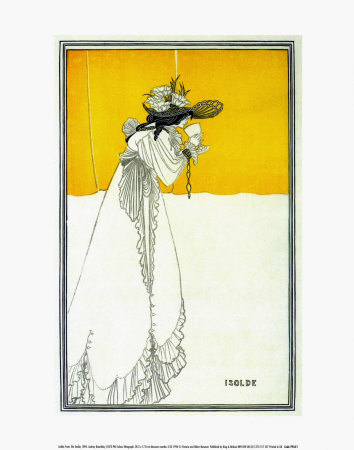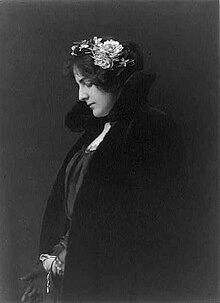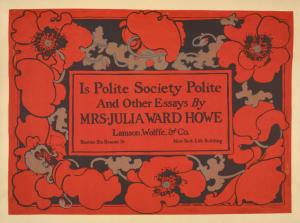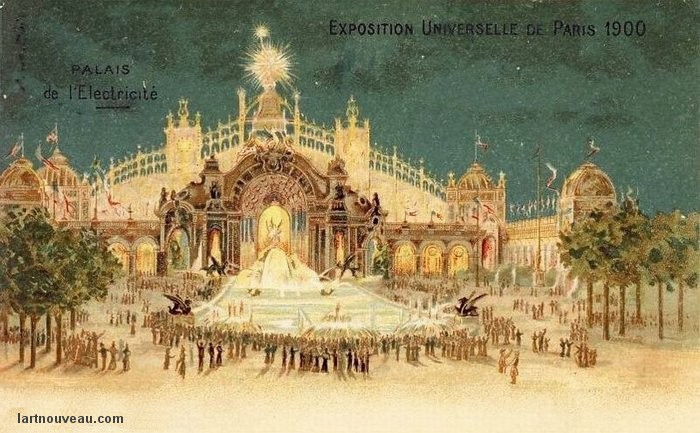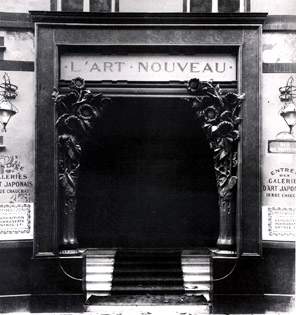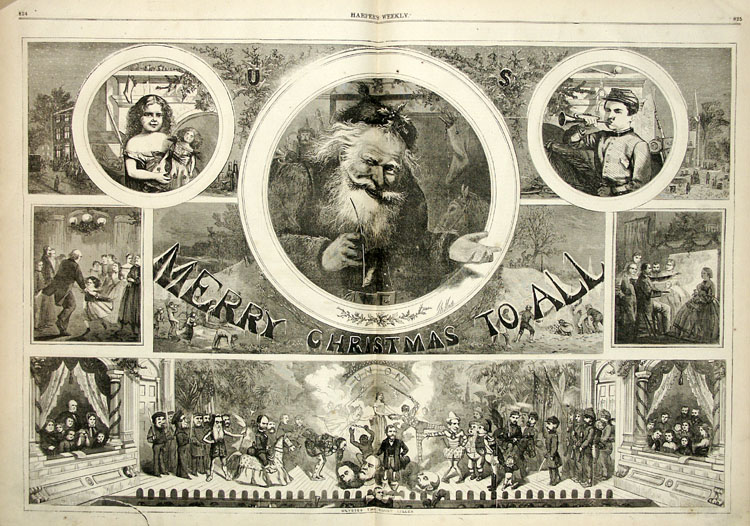'The Art of the Poster,
is the Art of Suggestion'
John Hassall poster designer, c1916
Today I am learning about posters, advertising, and London Underground.

Original drawing for the London Underground roundel symbol
Design: Edward Johnston © TfL/London's Transport Museum
Design: Edward Johnston © TfL/London's Transport Museum
The Textbook Chapter 12 ended with Design for the London Underground. I thought this was interesting because we have been studying all these willowy, curvy, new designs and the contrast to the London Underground design is startlingly. The reason was a good one. Frank Pick wanted the posters and signage to jump out amid all the advertising clutter. He understood early that you had to set yourself apart. This is a clear indication of 20th century marketing. Before posters were "predominantly text based and failed to convey a coherent corporate identity."
Frank Pick (1878-1941)
Design Patron

I found London Transport museum's website and they have the posters on a time line from the 1900's to the present day. Absolutely fun surfing the hundreds of posters and by so many different artists. I have posted a few below. Go check them out. Pick sure knew what he was doing. Now I understand why the textbook included this section for our study.
"London Transport’s annual poster programme has always been diverse. This was necessary in order to appeal to such a broad audience. However, every decade in poster history demonstrates key stylistic developments." http://www.ltmcollection.org/posters/dates/dates-main.html
This poster by John Hassell, marked the beginning of London's underground poster program.
 John Hassell, 1908
John Hassell, 1908
"This was the first pictorial poster commissioned by Pick for the Underground. The bold graphic design contrasted sharply with the wordy layout of earlier transport posters. Hassall, an established and popular commercial artist, was an excellent choice to launch the new approach."
'The Art of the Poster, is the Art of Suggestion'
John Hassall poster designer, c1916
Now compare that with the one one below. This was the style before Pick took over. So you can see the message is so much clearer with a simple visual rather than lots of text. Oh, by the way, he got this part of his job by complaining about the advertising.
Always ask for tickets by District route, by unknown artist, 1901

The North Downs, by Edward McKnight Kauffer, 1915
A few random ones:
1900's 1910's
![Poster; No waiting; rapid service of trains, by Charles Sharland, 1909 [Record number: 45 of 48] Image of a Poster; No waiting; rapid service of trains, by Charles Sharland, 1909](http://www.ltmcollection.org/images/thumb/28/1737-28.jpg)
![Poster; Southend and Westcliff-on-sea, artist unknown, 1908 [Record number: 20 of 48] Image of a Poster; Southend and Westcliff-on-sea, artist unknown, 1908](http://www.ltmcollection.org/images/thumb/10/0750-10.jpg)
![Poster; Edgware for walks, by Charles Sharland, 1913 [Record number: 222 of 540] Image of a Poster; Edgware for walks, by Charles Sharland, 1913](http://www.ltmcollection.org/images/thumb/zb/i0000mzb.jpg)
![Poster; Guy Fawkes day, by Charles Sharland, 1911 [Record number: 74 of 540] Image of a Poster; Guy Fawkes day, by Charles Sharland, 1911](http://www.ltmcollection.org/images/thumb/58/0923-58.jpg)
![Poster; While others wait; a season takes you through, by Percy Drake Brookshaw, 1927 [Record number: 51 of 130] Image of a Poster; While others wait; a season takes you through, by Percy Drake Brookshaw, 1927](http://www.ltmcollection.org/images/thumb/69/0962-69.jpg) 1927
1927War time posters World War I
![Poster; Air raids, by unknown artist, 6 September 1917. [Record number: 26 of 31] Image of a Poster; Air raids, by unknown artist, 6 September 1917.](http://www.ltmcollection.org/images/thumb/44/i0000q44.jpg)
Artwork:
Finished Poster:
 The land of nod (a reminder of home), by Charles Sims, 1917
The land of nod (a reminder of home), by Charles Sims, 1917All quotes & graphics from http://www.ltmcollection.org/posters/index.html unless indicated.




![Poster; Gas put on your mask, artist unknown, 1941 [Record number: 85 of 230] Image of a Poster; Gas put on your mask, artist unknown, 1941](http://www.ltmcollection.org/images/thumb/17/0245-17.jpg)







